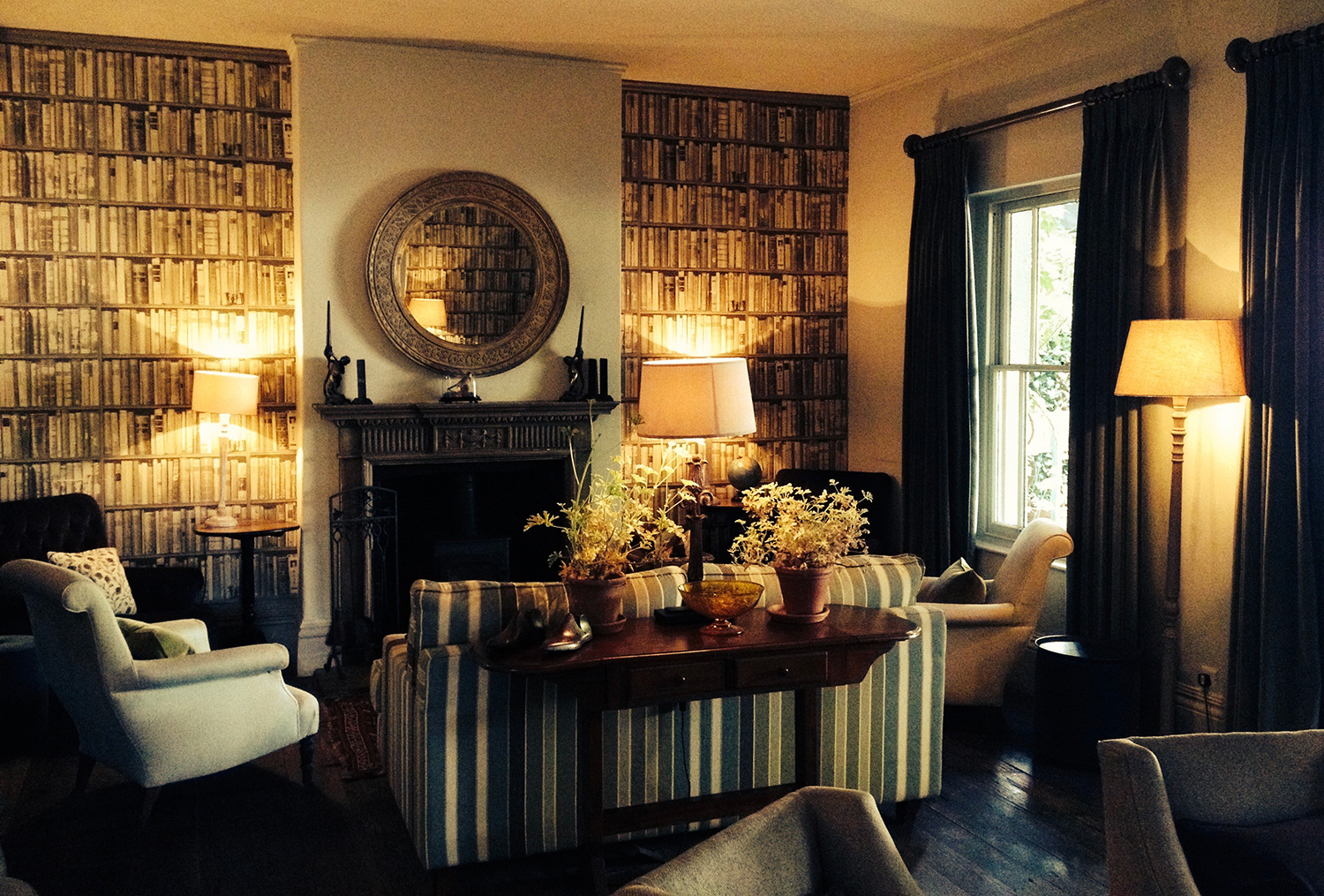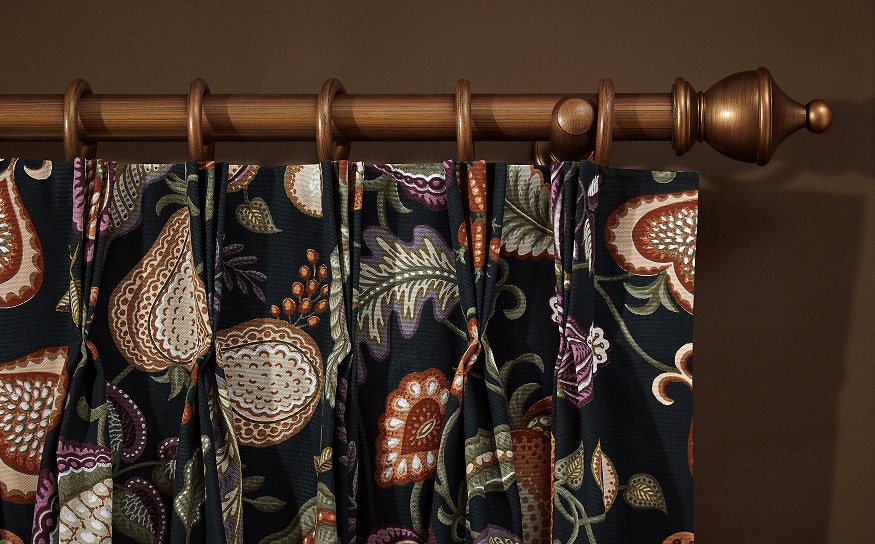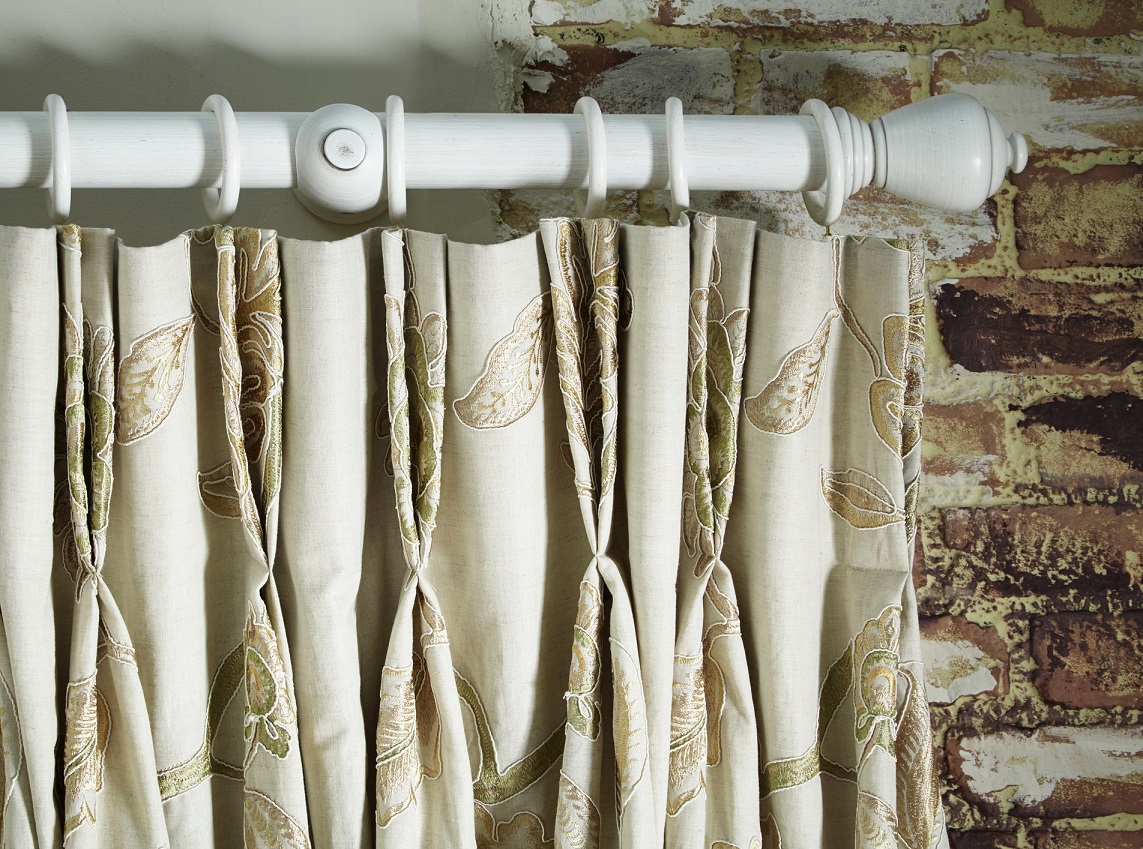
For many Brits, the ultimate goal of their decor is to recreate the charm and elegance of a traditional English interior design. While there are creative styles from all over the world, nothing can quite evoke the same sense of homeliness or comfort as a historical English living room. When it comes to decorating your interiors, traditional style is the best for many people. But how do you go about making it happen, exactly? Fortunately, you don’t need to live in a stately home or a manor house to give your living room traditional appeal.
The English living room ideas we present here will work equally well in a cottage or small townhouse. If you want to create an English style living room, take a look at the following decoration ideas and suggestions for traditional curtain poles!
1. Add Georgian Antique Furniture
The heyday of the traditional English interior was very much during the Georgian era, a time in which a small number of merchants began to make a lot of money through overseas trade and banking. Many of these successful people used their wealth to build grand houses with large sash windows and tall chimneys - the traditional Georgian architectural style we know and love today.
These same individuals also adorned their living spaces with impressive handcrafted furniture, including chests of drawers, chaises longues, and tables. Thus, if you’re looking to recreate that traditional English style in your lounge, don’t be afraid to choose hardwood furniture from the era. It immediately sets the scene for the rest of the decor to come.
Most traditional interiors use a mix of antique pieces, sofas upholstered in timeless fabrics, and hardwood elements throughout the room. We’d recommend choosing classic designs, like Chesterfield sofas, that will help bring the whole room together.
2. Highlight Your Period Features
Of course, a “traditional English style interior” doesn’t necessarily mean Georgian. Instead, it can be pretty much anything reminiscent of the styles that have come and gone in Britain over the last thousand years.
Today, many people, for instance, associate period features, like wooden beams, fireplaces, crown moulding, and even original floorboards with the traditional English style. Thus, if you want to recreate the effect in your home, we suggest that you highlight these features wherever and whenever possible.
If you have a dusty hearth in the living room that hasn’t been used for a while, don’t just replace it with a new version from the hardware store. Instead, dust it off, clean it up and, if necessary, hire a professional artisan to restore it for you. If the chimney is clear and safe, consider restoring it to its original capacity, complete with traditional open fire. Just remember to use a fireguard.
3. Don’t Be Afraid Of Using Traditional Wallpaper
Historically, wealthy people took wall decorations very seriously. Artfully-created walls were a sign of affluence in England in the past and a must-have for any budding aristocrat. After the 1970s, however, wallpaper fell out of fashion because of how poorly some designers implemented it.
If whitewash walls aren’t enough of a statement for you, consider using wallpaper and, where possible, use pastoral toile de Jouy designs. They’re busy, but they work exceptionally well when paired with traditional antique furniture and elegant curtains and poles.
Striped wallpapers are also a feature of traditional English lounge interiors. If you choose to use striped wallpaper, make sure that you only apply it to hip height and cap it off with a dado rail. Floor-to-ceiling stipes don’t usually work aesthetically in living rooms.
Alternatively, you can use wallpaper patterns of interlocking flowers in traditional English colours, such as lemon, indigo, stone, honey, powder blue or garden green.
Related: Window Fashion Trends
4. Don’t Pick Matching Soft Furnishing
While you want the soft furnishings in your living room to coordinate with each other, you don’t necessarily need to make sure that everything matches. One of the hallmarks of a traditional English interior is that everything is a little bit ad hoc. Traditionally, people added new items to a room whenever they got the money to do so or received a gift. They built up their lounges in a series of stages, often without a grand plan for how it would all come together.
With the benefit of planning, you can create English interiors that are substantially less chaotic than the originals would have been, but that doesn’t mean that you should evade disorder altogether.
When choosing upholstery, try to keep one element consistent throughout, but change the rest. For instance, you might decide to choose soft furnishings that make use of the colour red but differ in their patterns. Red striped seat covers combined with patterned scarlet rugs and block-red upholstered sofas can all work well together. Or you could choose to use a similar pattern, but mix up the colours, using traditional greens, reds, yellows and blues found throughout historical interiors.
The bottom line is this: don’t be afraid of mismatching features. When choosing cushions and pillows, pick items with heavy embroidery, floral prints, damask and chintz.
Related: What are the parts of the curtain pole set?
5. Use A Combination Of Ceiling Lights And Lamps
Lighting a traditional English lounge interior can sometimes be a challenge. Lighting options in the past were far more limited than they are today, making it difficult to create light and airy interiors. The desire for light is one of the reasons why Georgian architects made their sash windows so big.
Lighting in the lounge should be bold, but not too bright. You still want to create that cosy atmosphere on dark evenings that complements the yellow-orange glow of the fire, but modern lighting solutions, like spotlights, are a no-no.
First, place a chandelier-style light in the centre of the ceiling, preferably surrounded by crown moulding. The light should hang down substantially if you have a high ceiling, but don’t worry if it doesn’t.
Next, choose a selection of antique lamps and place them around the room on tables and bureaus strategically. Again, don’t worry if they don’t match perfectly - that’s not your goal. Where possible, use ornate lampshades that reflect the colours and overall theme of the rest of your room.
Finally, try connecting them to a central dimmer that allows you to adjust the brightness in one operation.
Recommended poles to create English style:
Related: 5 Amazing Garden Design Ideas on how to create a beautiful living space
Did you find this article helpful? Let us know in the comment section below! And please share this post with friends on social media!









